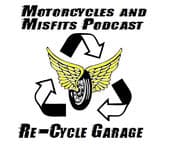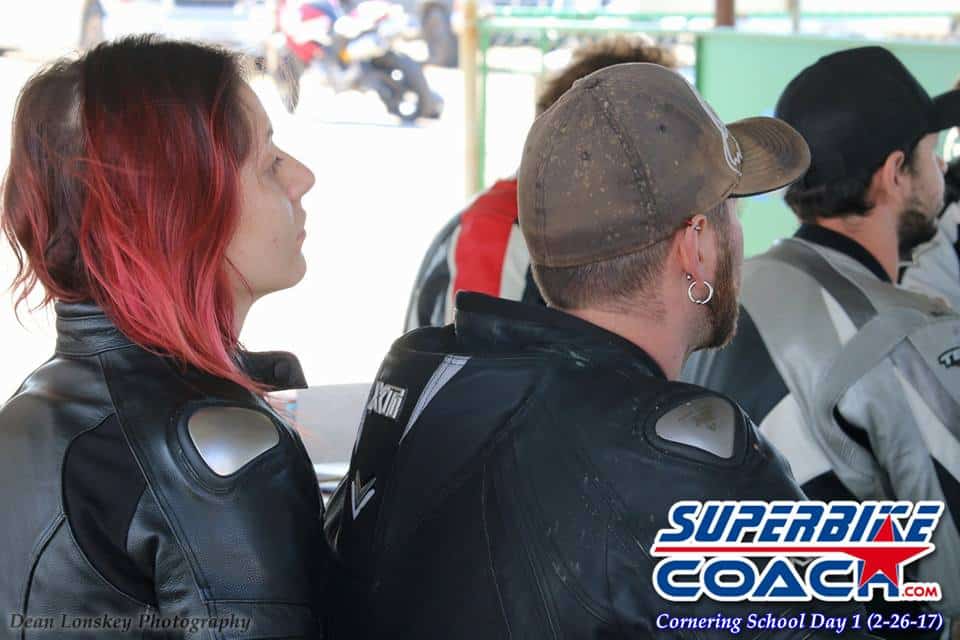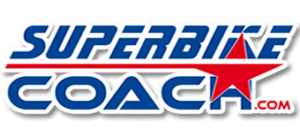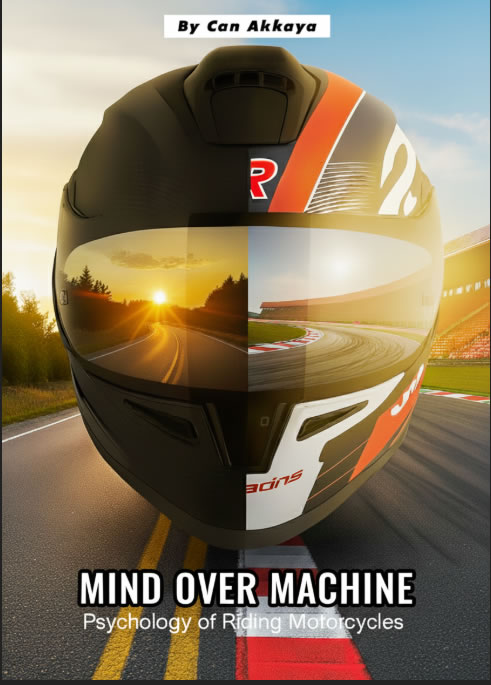Do you guys remember when I upgraded my Ducati Panigale with a Lithium battery by BikeMaster (How to install a lithium motorcycle battery: Part 6)
I thought I should follow up on this one with a little review and insight. You need to know that I am a ‘burned child’ in regard Acid batteries, so that I am actually real happy about the quick development of Lithium batteries. It goes back to the mid 80’s when I was a amateur racer. Back then I still also had a street legal bike, just to take it up to the Nurburgring Nordschleife.
On one of those rides I noticed an immense disturbing smell, and a heat development in an area where you don’t want to have the one or the other. I’ve stopped right away and I heard materials cracking and a toxic steam came out of the seat area. I’ve walked away and waited it out and begun to dissemble the seat to check what the damage is. My Acid battery got some fat cheeks and cracked some stuff on its way to the outside. I think I was just damn lucky that this battery haven’t explode, cuz’ I probably wouldn’t have made it to be a Dad- or even made it to Valhalla instead.
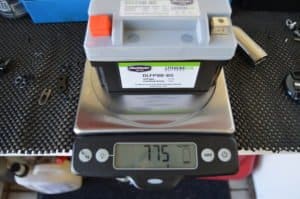 So yea… welcome to the digital world, which brings even more benefit. Besides safety, weight reduction and a bunch more environmental sensitivity… there is this cool thing going on that you truly do a sense-full upgrade to your baby. So did I as you know… with a Bikemaster Lithium Battery. Those are affordable and they have them on stock for almost every motorcycle.
So yea… welcome to the digital world, which brings even more benefit. Besides safety, weight reduction and a bunch more environmental sensitivity… there is this cool thing going on that you truly do a sense-full upgrade to your baby. So did I as you know… with a Bikemaster Lithium Battery. Those are affordable and they have them on stock for almost every motorcycle.
In my opinion, the weight difference is just amazing. I mean… 3.6 American pounds in weight difference… that is shocking. The damn thang is still working great, and that ain’t easy on a big volume like 1199R two cylinder with the torque of two R1’s. Go get some… you won’t regret it.
Pros of Lithium-Ion Batteries
- One great benefit of using a lithium-ion battery for your motorcycle is the energy density. A lead-acid battery has six cells, while the lithium-ion battery has only four.
- The batteries offer better resilience to self-discharge, and can hold a charge for a long period.
- Lithium-ion batteries are much safer for the environment.
Cons of Lithium-Ion Batteries
- An internal electronic circuitry is necessary to keep the cells protected from completely discharging or overcharging in extreme temperatures and current surges.
- Most lithium-ion batteries are charger-specific; hence, using a standard charger could damage the battery.
- They are significantly more expensive than lead-acid batteries, but it is in a good balance at Bikemaster if you ask me.
Link to BikeMaster Lithium Batteries
Headcoach Can Akkaya, Superbike-Coach Corp


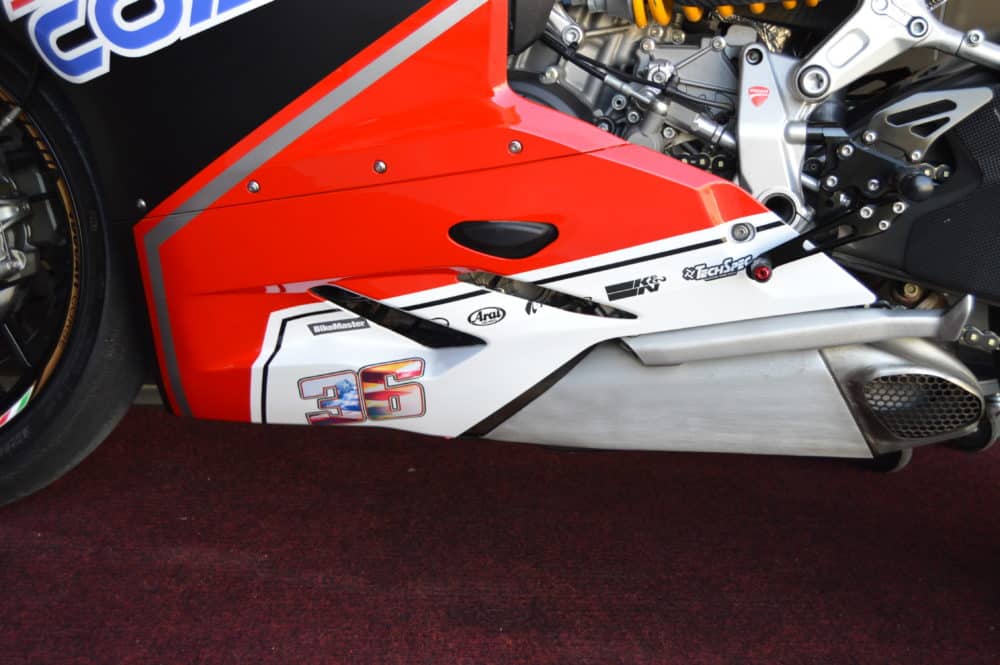

 The good news- at least the prime helmet manufacturers have a highly strategically selection of standard sizes for their lids which covers the demand very well. In case if not, then a big verity of lining and cheek pads can make the difference. Again… I know that at least the Helmet Top-Guns like Arai and Shorei has this on their portfolio.
The good news- at least the prime helmet manufacturers have a highly strategically selection of standard sizes for their lids which covers the demand very well. In case if not, then a big verity of lining and cheek pads can make the difference. Again… I know that at least the Helmet Top-Guns like Arai and Shorei has this on their portfolio.
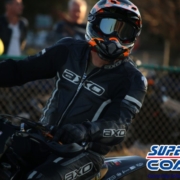


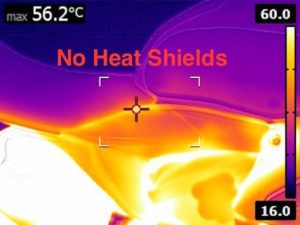
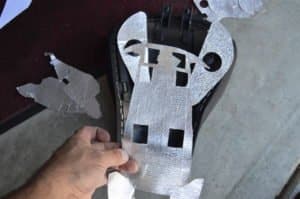 I was actually planning to get me some heat shield mattes and to cover everything on a logical bases to block or to lead hot air. The ‘good’ material which is in use by NASA, Formula 1 and MotoGP is expensive though, and I would have to puzzle it… but then I found the “
I was actually planning to get me some heat shield mattes and to cover everything on a logical bases to block or to lead hot air. The ‘good’ material which is in use by NASA, Formula 1 and MotoGP is expensive though, and I would have to puzzle it… but then I found the “
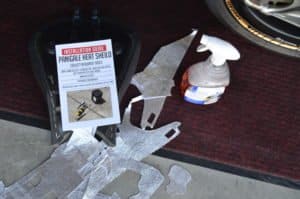 So, thanks to ‘
So, thanks to ‘
